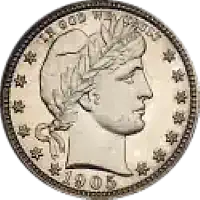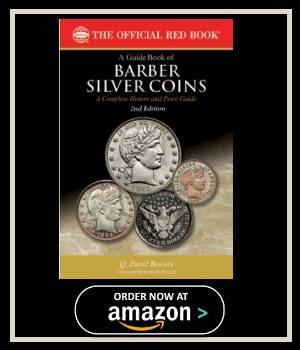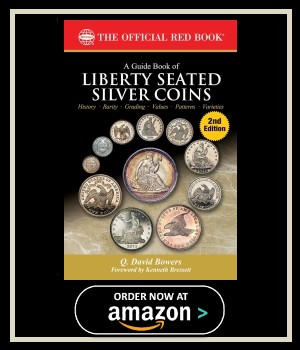
Barber Quarters
Historical Significance
The Liberty Head quarter holds a unique place in American numismatics. Additionally, these coins are commonly known as Barber quarters. Furthermore, they represent an important era in U.S. coinage history. Moreover, collectors highly prize these distinctive pieces.
Designer and Production Period
Charles E. Barber designed these iconic coins. Furthermore, he was a talented chief engraver at the U.S. Mint. Additionally, these quarters graced United States currency from 1892 to 1916. Consequently, they left an enduring mark on coinage history.
Design Competition Background
Behind these quarters lies a fascinating tale. Moreover, the story involves competition and controversy. Additionally, it showcases remarkable artistic vision. Therefore, understanding this background enhances collecting appreciation.
Origins of Barber Coinage
The inception of Barber coinage began in 1891. Furthermore, Edward O. Leech became Director of the United States Mint. Additionally, Congress appointed him to this important role. Consequently, he gained authority over the minting process.
Leech’s Vision
Leech was entrusted with overseeing coin design approval. Moreover, he wanted to modernize American coinage. Furthermore, the new decade presented perfect timing for change. Therefore, he sought to introduce fresh designs.
Design Goals
Additionally, Leech aimed to revamp the nation’s entire coinage system. Furthermore, he wanted aesthetically appealing new designs. Moreover, these changes would reflect America’s growing prosperity. Ultimately, the goal was creating timeless artistic pieces.
Collecting Barber Quarters
Today, collectors seek these quarters for various reasons. First, they offer historical significance from the 1890s-1910s era. Second, their artistic design appeals to numismatists. Finally, certain dates command premium prices.
Key Collecting Points
Additionally, condition greatly affects value in this series. Furthermore, mint marks play important roles in rarity. Moreover, some dates are notably scarce. Therefore, collectors should study mintage figures carefully.
Investment Potential
Furthermore, Barber quarters offer solid collecting opportunities. Additionally, they contain 90% silver content. Moreover, this provides intrinsic metal value. Consequently, they appeal to both collectors and investors alike.
Leech’s vision was noble, but it encountered an unexpected obstacle: many established artists of the time shied away from participating in the competition to craft these new coin designs. They regarded the project as beneath their artistic standards and a departure from the more prestigious realms of painting or sculpture. This initial reluctance to participate in the competition posed a significant challenge for Leech in his pursuit of a revitalized coinage.
The reluctance of prominent artists to engage with the project cast a shadow of uncertainty over the future of American coinage. Leech, however, remained undeterred, resolved to achieve his vision of aesthetically pleasing and enduring coin designs. In the face of adversity, he needed to find a solution that would breathe life into this artistic challenge.
As fate would have it, the solution came in the form of Charles E. Barber, a skilled engraver and Chief Engraver of the United States Mint. Charles Barber was no stranger to coin design and had already contributed to the creation of several coin series. His expertise in the field was unquestionable, and Leech saw in him the potential to salvage the project. In 1891, Charles Barber was commissioned to design the new quarters, dimes, and half dollars. Barber’s designs aimed to capture the essence of liberty and the aspirations of a growing nation.






 '
'